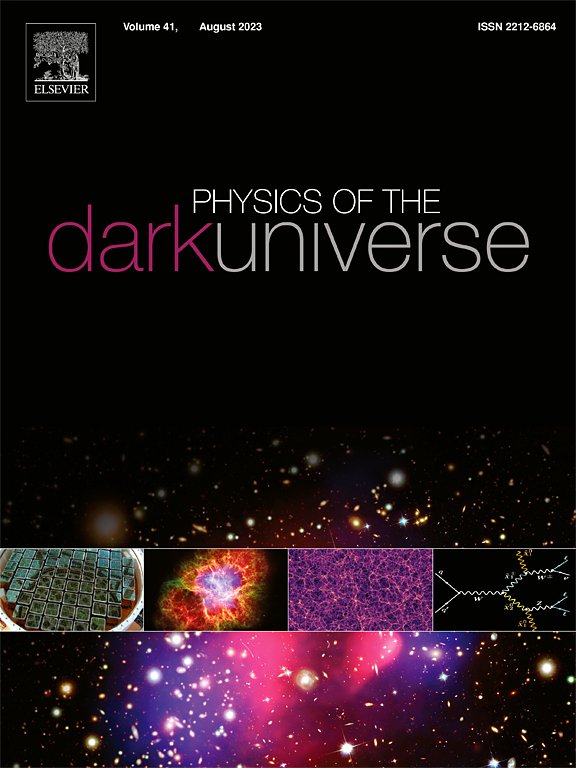Heat engine efficiency, particle dynamics and thermodynamic properties of Hayward–Letelier-AdS Black Hole
IF 5
2区 物理与天体物理
Q1 ASTRONOMY & ASTROPHYSICS
引用次数: 0
Abstract
This study investigates the thermodynamic properties and Joule–Thomson effects of Hayward–Letelier-AdS black holes, providing insights into how various physical parameters influence their behavior. A detailed analysis of the lapse function reveals that increasing the cloud of string parameter results in a significant outward movement of the horizon radius, indicating an expansion of the black hole structure. The examination of Joule–Thomson coefficients demonstrates areas of both cooling and heating in the gas surrounding these BHs, with positive values of indicating cooling upon gas expansion and negative values signaling heating. The study also employs isenthalpic and inversion curves to clarify the energy dynamics involved in these processes, illustrating the influences of physical factors on the thermodynamic interactions around black holes. Additionally, the investigation into effective potential aids in understanding the stability of particle orbits around black holes, highlighting the influence of angular momentum and revealing two ISCO radii for considered black holes. The analysis of corrected entropy accounts for quantum effects near the event horizon, indicating that smaller black holes exhibit greater corrected entropy, which reflects notable fluctuations in their thermodynamic behavior. Helmholtz’s free energy and internal energy illustrate the stability of black hole structures, showing a decline in free energy and energy content with an increasing horizon radius. Ultimately, this research enhances the understanding of thermodynamic behavior and particle dynamics in Hayward–Letelier-AdS black holes, laying a robust foundation for future studies on black hole thermodynamics and their cosmological implications.
求助全文
约1分钟内获得全文
求助全文
来源期刊

Physics of the Dark Universe
ASTRONOMY & ASTROPHYSICS-
CiteScore
9.60
自引率
7.30%
发文量
118
审稿时长
61 days
期刊介绍:
Physics of the Dark Universe is an innovative online-only journal that offers rapid publication of peer-reviewed, original research articles considered of high scientific impact.
The journal is focused on the understanding of Dark Matter, Dark Energy, Early Universe, gravitational waves and neutrinos, covering all theoretical, experimental and phenomenological aspects.
 求助内容:
求助内容: 应助结果提醒方式:
应助结果提醒方式:


